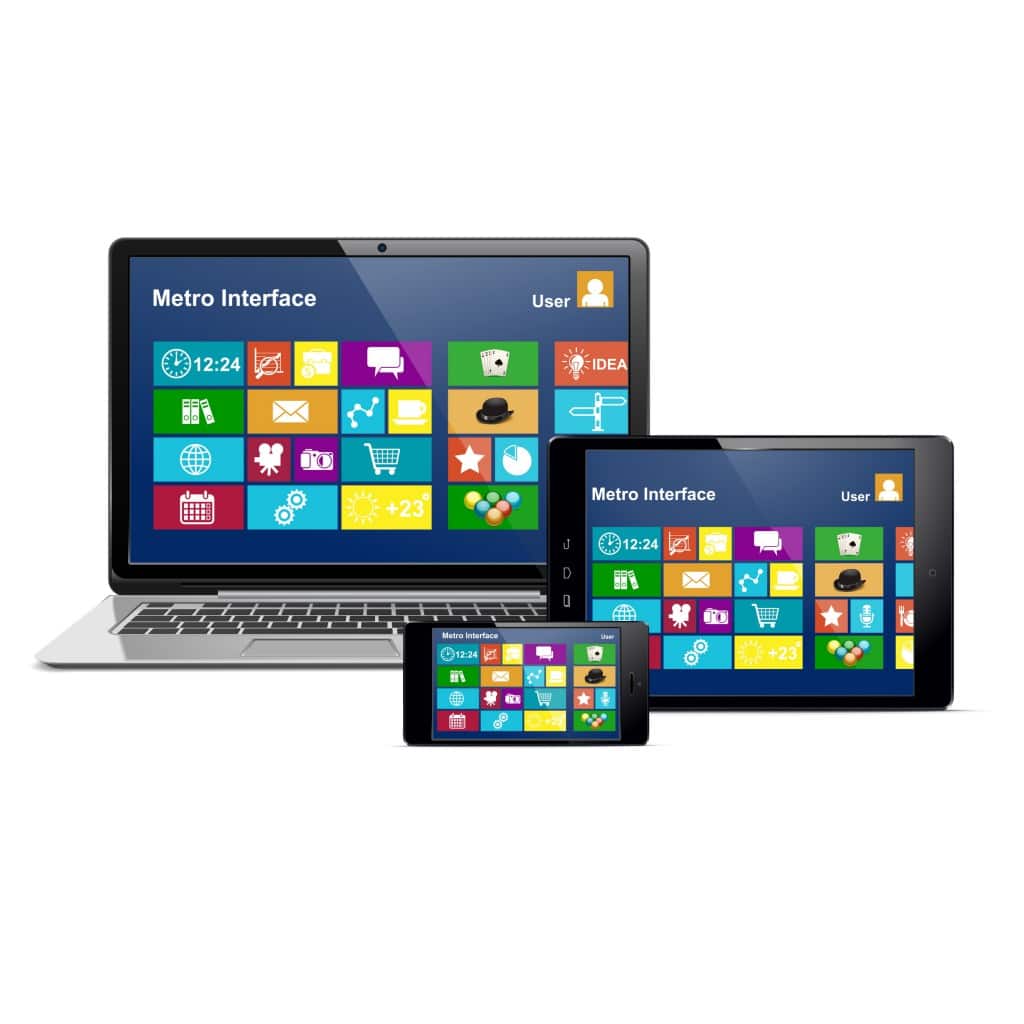Sales: 678.967.3854
Support: 866.252.6363
What We Do
Who We Serve
Success Stories
Latest Thinking
LATEST THINKING
About Us

By the DynaSis Team
In last week’s blog, we talked about the upcoming end-of-support date for Windows XP (April 8, 2014) and touched upon the two migration options―Windows 7 or Windows 8 (8.1 is the most recent release). Although Windows 7 will “look” more familiar to users, Windows 8 helps companies make a huge leap towards the largely mobile world predicted for our business futures.
If your company is going to undergo the effort of a widespread operating system (OS) migration, you owe it to yourself and your business to fully consider the benefits of jumping straight to Windows 8. Some of the issues to consider as you are making your decision include:
1. Mobility: How many of your employees currently use, or will soon use, tablets? What about smartphones? Windows 8 was built from the ground up for mobility, and it is likely the best choice for companies that currently have―or intend to have in the next few years―a largely mobile workforce.
Even if your users are already running iOS (iPhone; iPad) or Android (“Google” devices, often by HTC or Samsung), there is a benefit in migrating to Windows 8 for your desktops. Windows remains the OS of choice for business usage, by far, and some (but not all) devices running the iOS or Android OS can run Windows 8. In cases where this is not possible, adopting Windows 8 for compatible desktops and mobile devices now―and changing platforms incrementally with planned upgrades in the future―lets companies eventually standardize on a single platform. A single OS streamlines user governance and training, and it facilitates the “Three Cs”―connectivity, communication and collaboration.
2. Legacy Equipment: Are your PCs running Windows XP old and outdated? If so, you will likely need new desktop PCs (or a shift to virtualization) in order to run either Windows 7 or Windows 8. Such a move requires thoughtful planning and resource allocation. If you are undergoing a major IT project like this, anyway, it makes sense to upgrade to the most recent version of Windows, now.
3. User Uptake: When Windows 8 came out, its highly mobile-centric interface elicited frustrated comments from many early adopters. However, with Windows 8, Microsoft added many elements of the “classic” Windows interface back into the user experience. Without any modifications, users can click one of Windows 8’s “tiles” to shift from the mobile-optimized interface to the classic Desktop.
It’s also possible to make the classic Windows user interface the default for Windows 8 machines and to disable the mobile-centric interface entirely, either through system tweaks or via a third-party applet. This approach lets employees enjoy a largely classic Windows experience as long as necessary to facilitate user adoption.
There are other considerations, of course, and DynaSis’ virtual CIOs can discuss these with you, helping you evaluate your business and user needs and create a workable roadmap for adoption. The takeaway here is that, while Windows 8 does involve a learning curve, this curve leads to the future of Windows-based computing. With Windows 7 (as much as we all love it), there is no comparable benefit. To evaluate your options, or to order a network assessment (during which we will identify exactly which OSs your users are running, and where), fill out our inquiry form or give us a call.
